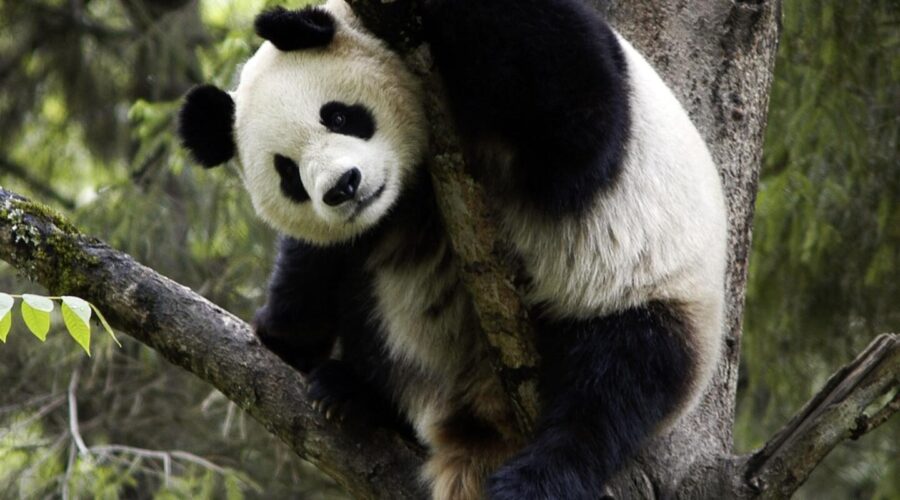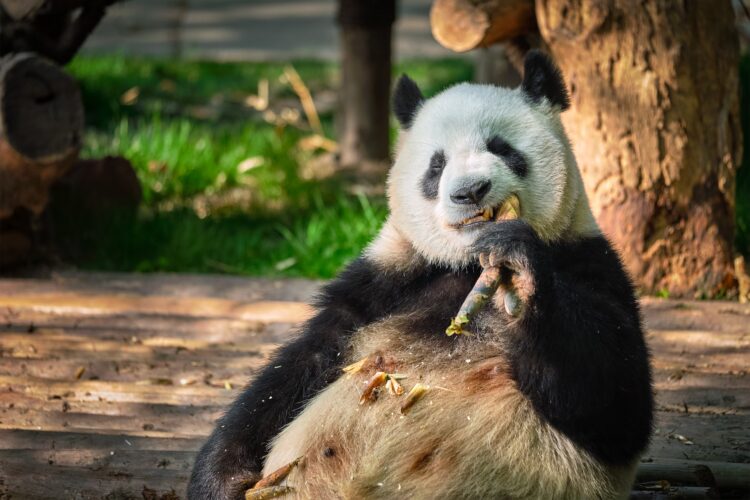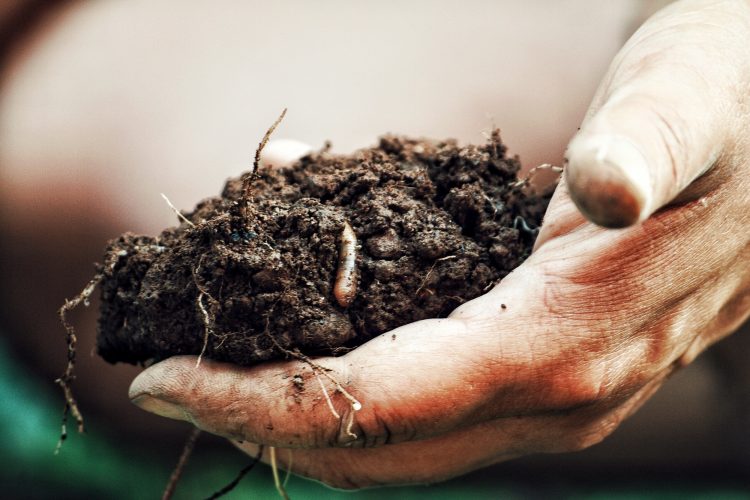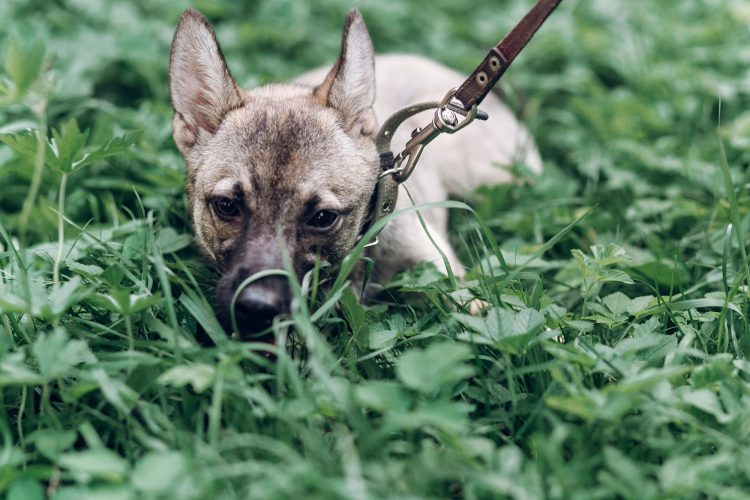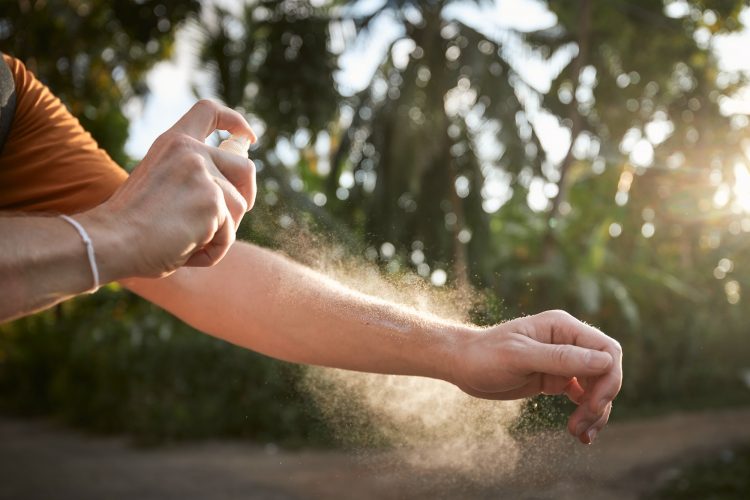1. Pandas have excellent camouflage for their habitat
The giant panda’s distinct black-and-white markings have two functions: camouflage and communication. Most of the panda—its face, neck, belly, and rump—is white to help it hide in snowy habitats. The arms and legs are black, helping it to hide in shade.
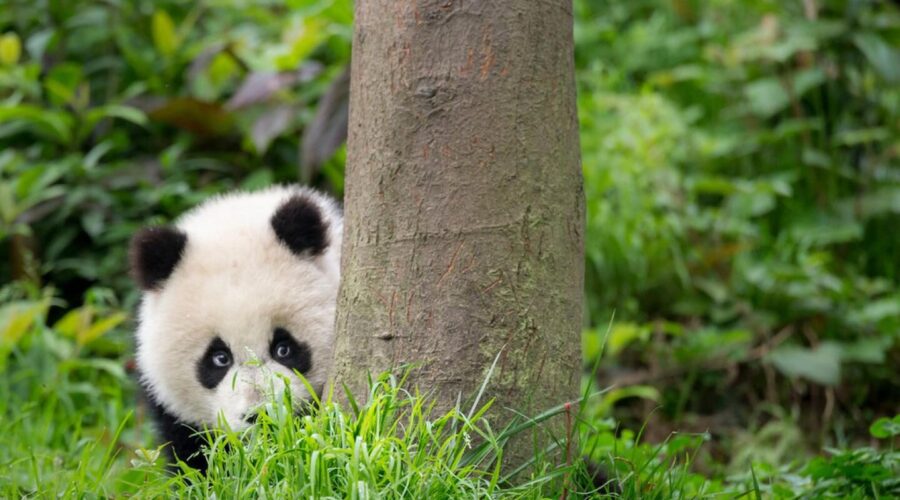
2. Their eyes are different to normal bears
Like domestic cats, giant panda bears have vertical slits for their pupils.
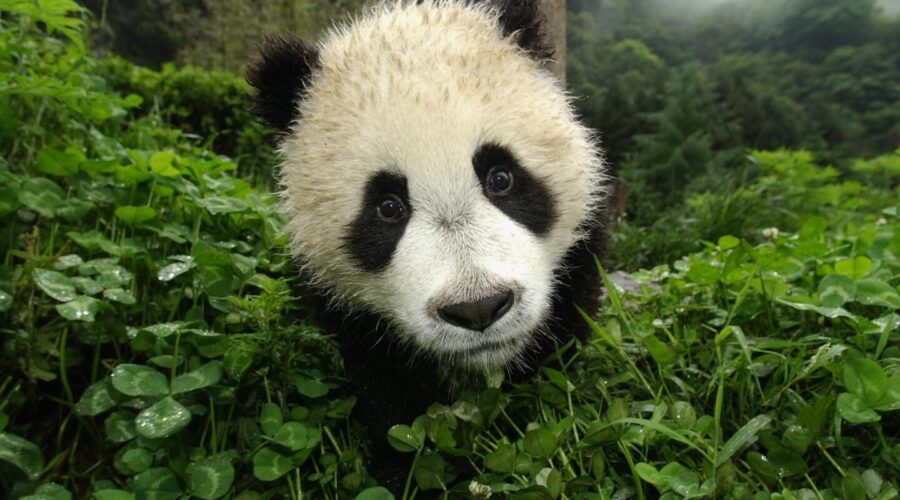
3. Cubs are well protected in their first month
Mother pandas keep contact with their cub nearly 100% of the time during their first month, with the cub resting on her front and remaining covered by her paw, arm, or head.
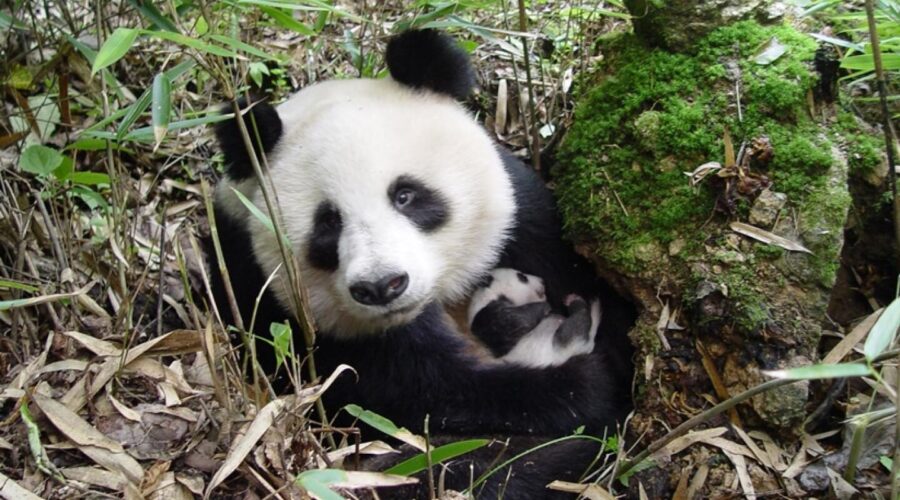
4. Pandas can swim and climb trees
Giant pandas are good swimmers and excellent tree climbers. At 5 months old, giant panda cubs learn how to climb, sometimes practicing by climbing on their mom.
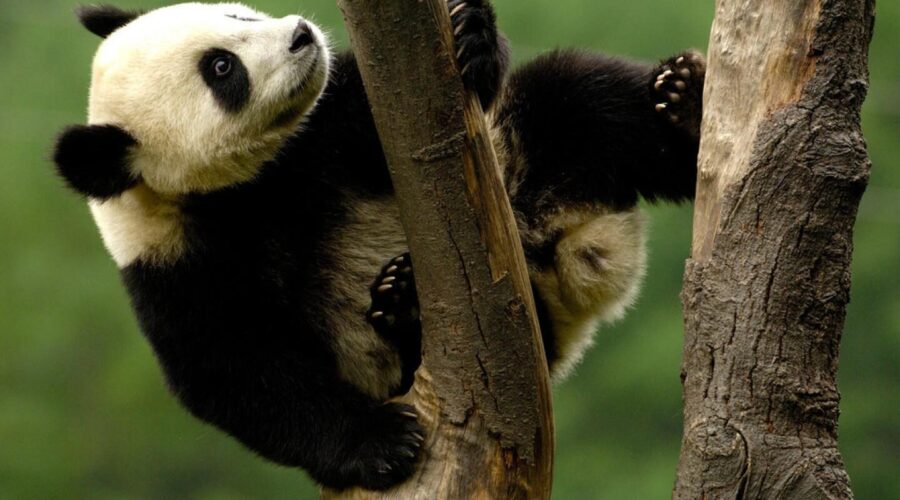
5. A helping hand
They have an extended wrist bone that they use like a thumb to help them grip food.
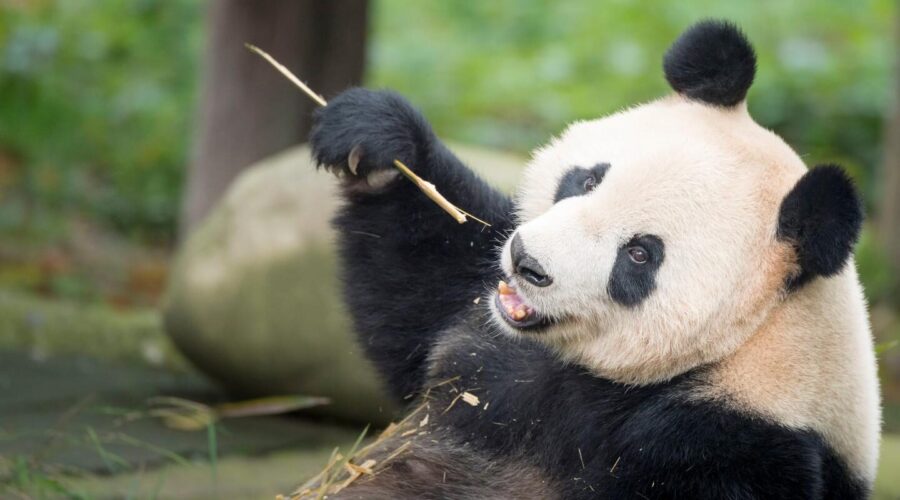
6. They spend a lot of their day eating
Giant pandas spend 10–16 hours a day feeding, mainly on bamboo.
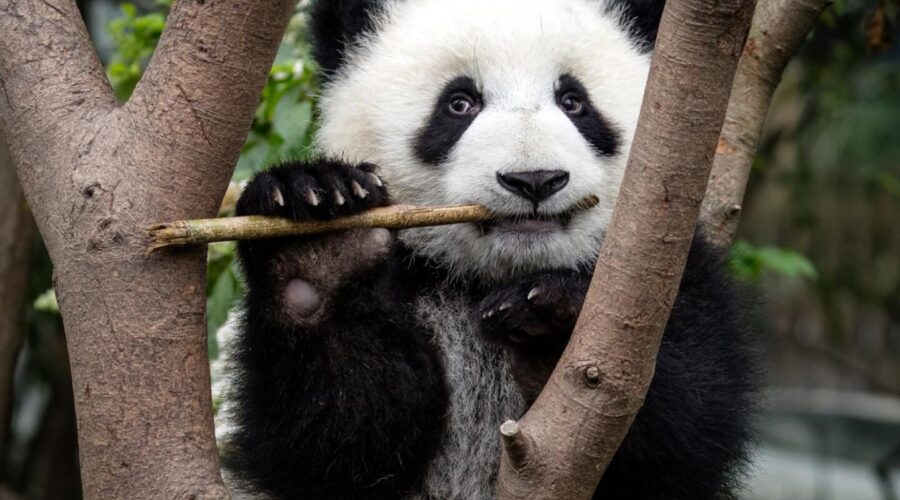
7. Bamboo is critical to their diet
Pandas need at least two different bamboo species in their range to avoid starvation.
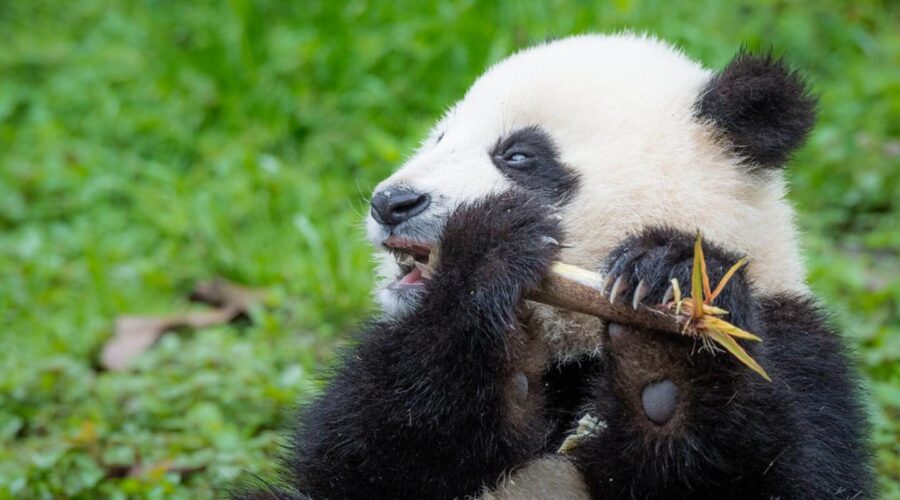
8. But they do occasionally eat something other than bamboo
A panda’s diet is 99% vegetarian, which mostly includes bamboo roots, stems, shoots, and leaves. However, their digestive system is typical of a carnivore, so the remaining 1% of their diet can include eggs, small animals, and carrion. Pandas are also known to forage in farmland for pumpkin, kidney beans, wheat, and domestic pig food.
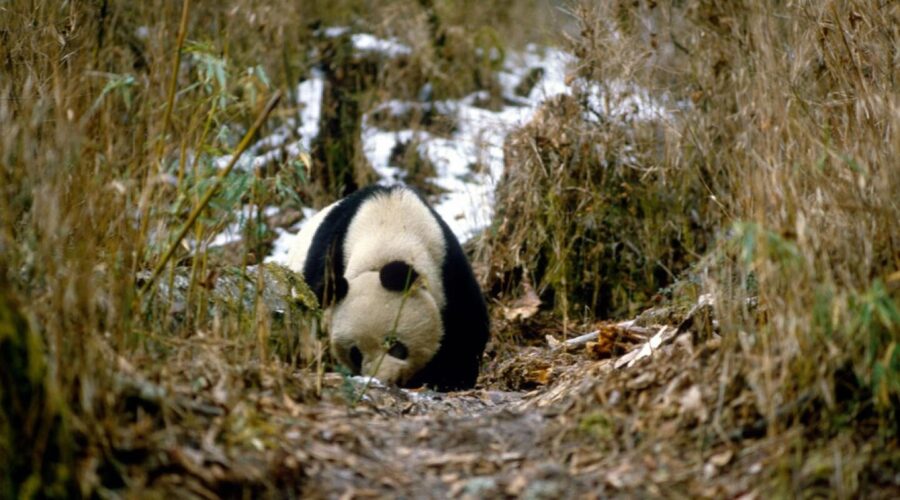
9. Pandas sometimes do handstands when they wee!
Sometimes, to mark their scent, panda’s climb a tree backwards with their hindfeet until they’re in a full handstand upside down, enabling them to leave their scent higher up.
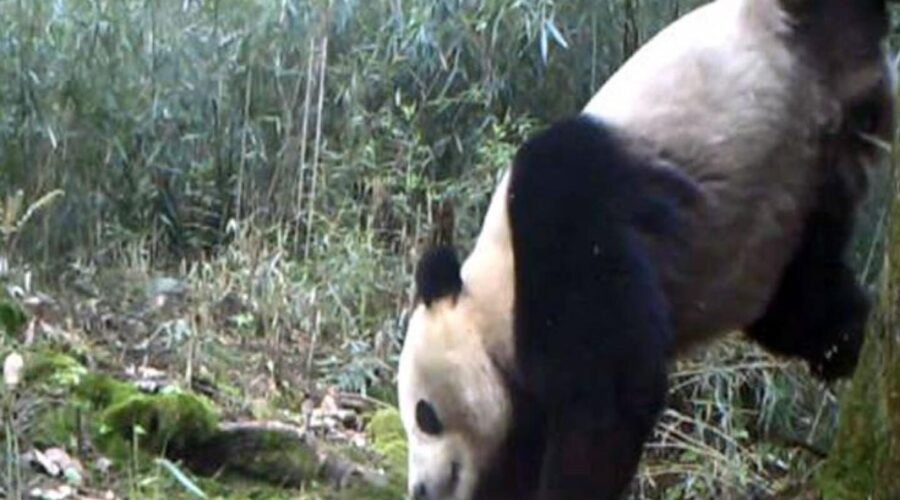
10. They like to keep it regular
On average, pandas poo 40 times a day.
